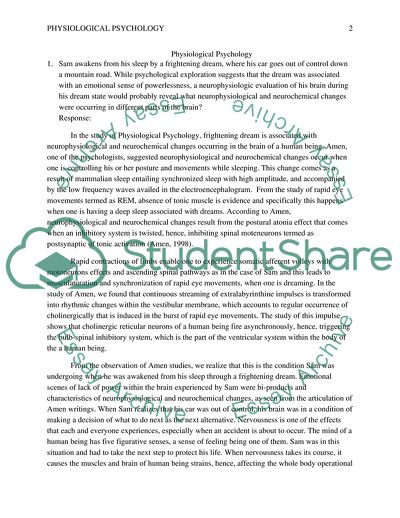Cite this document
(Physiological Psychology Assignment Example | Topics and Well Written Essays - 2250 words - 2, n.d.)
Physiological Psychology Assignment Example | Topics and Well Written Essays - 2250 words - 2. https://studentshare.org/psychology/1780588-physiological-psychology
Physiological Psychology Assignment Example | Topics and Well Written Essays - 2250 words - 2. https://studentshare.org/psychology/1780588-physiological-psychology
(Physiological Psychology Assignment Example | Topics and Well Written Essays - 2250 Words - 2)
Physiological Psychology Assignment Example | Topics and Well Written Essays - 2250 Words - 2. https://studentshare.org/psychology/1780588-physiological-psychology.
Physiological Psychology Assignment Example | Topics and Well Written Essays - 2250 Words - 2. https://studentshare.org/psychology/1780588-physiological-psychology.
“Physiological Psychology Assignment Example | Topics and Well Written Essays - 2250 Words - 2”. https://studentshare.org/psychology/1780588-physiological-psychology.


